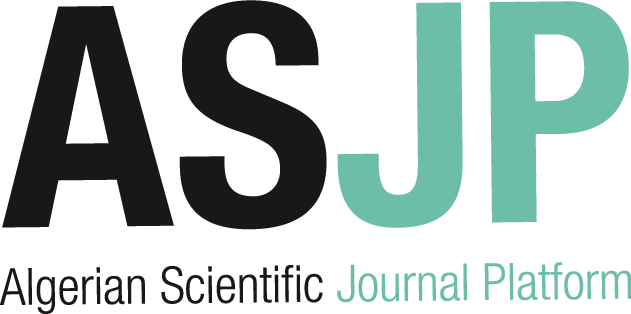Petroleum residue upgradation via visbreaking / Jyeshtharaj B. Joshi in Industrial & engineering chemistry research, Vol. 47 N° 23 (Décembre 2008)

Petroleum residue upgradation via visbreaking : a review [texte imprimé] / Jyeshtharaj B. Joshi, Auteur ; Aniruddha B. Pandit, Auteur ; Rohit P. Kulkarni, Auteur . - 2009 . - p. 8960–8988.
Chemical engineering
Langues : Anglais (eng)
in Industrial & engineering chemistry research > Vol. 47 N° 23 (Décembre 2008) . - p. 8960–8988
Mots-clés : Petroleum residue Upgradation Visbreaking Résumé : World petroleum residue processing capacity has reached about 810 MMTPA. In the present petroleum refining scenario, the viability of a petroleum refinery strongly depends on the flexibility of processing heavy crudes and, in turn, heavy residues. Visbreaking is one of the major residue upgrading processes and constitutes about 33% of the total residue processing capacity. In the present communication, the published literature pertaining to the visbreaking process has been extensively analyzed and a state-of-the-art review has been written that includes the following: (i) the effect of feed properties on fuel oil stability; (ii) reaction pathways, mechanism, and kinetics; (iii) parametric sensitivity of the operating variables such as temperature, pressure, and residence time; (iv) different visbreaker designs, viz. coil visbreaker, coil-soaker visbreaker, soaker with internals, and high conversion soaker; (v) coking and fouling; (vi) estimation of design parameters, viz. gas holdup in high-pressure bubble column (soaker), gas holdup in sectionalized bubble column (soaker with internals), liquid-phase mixing and axial mixing in high-pressure bubble column, liquid-phase mixing and axial mixing in sectionalized bubble column, and weeping; and (vii) mathematical modeling of visbreaker, which mainly includes the coil and the soaker. An attempt has been made to get the aforementioned aspects together in a coherent manner so that the information is available at a glance and is expected to be useful to researchers and practicing refiners. En ligne : http://pubs.acs.org/doi/abs/10.1021/ie0710871#afn1








